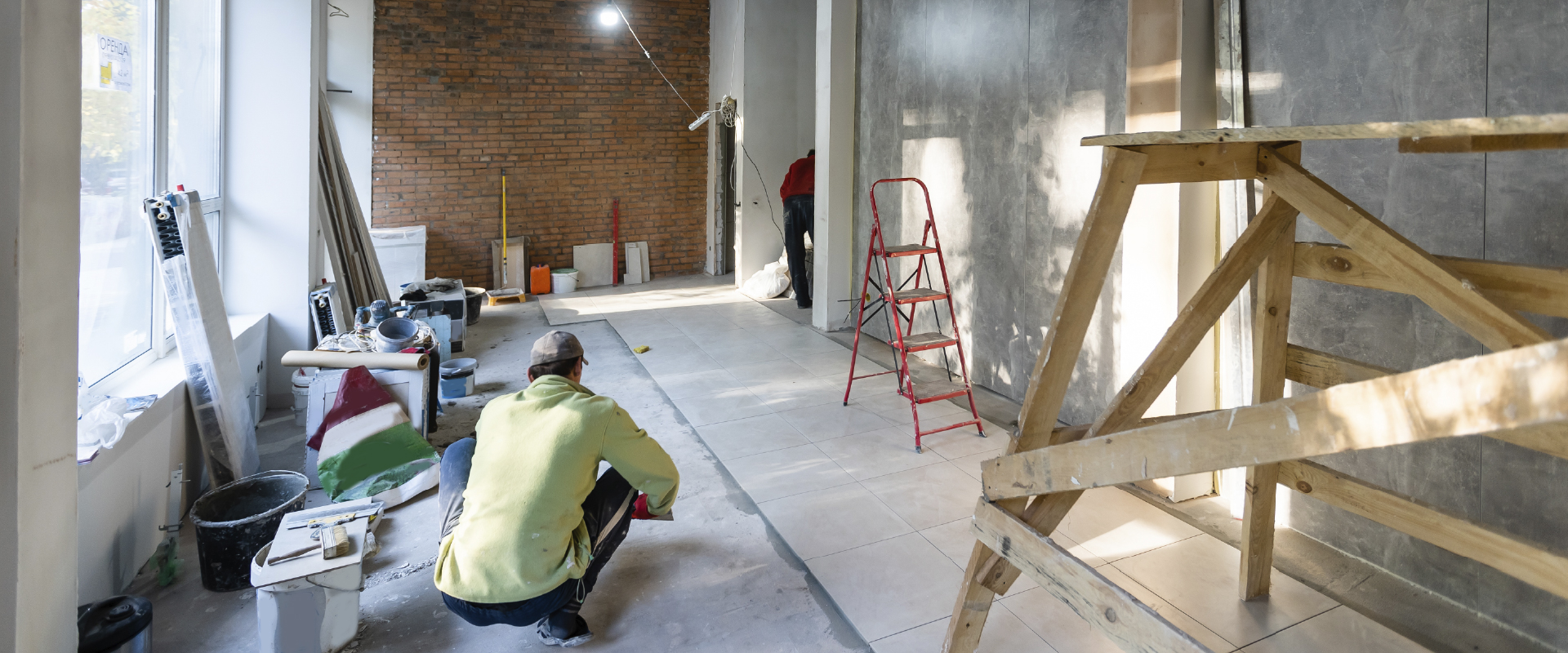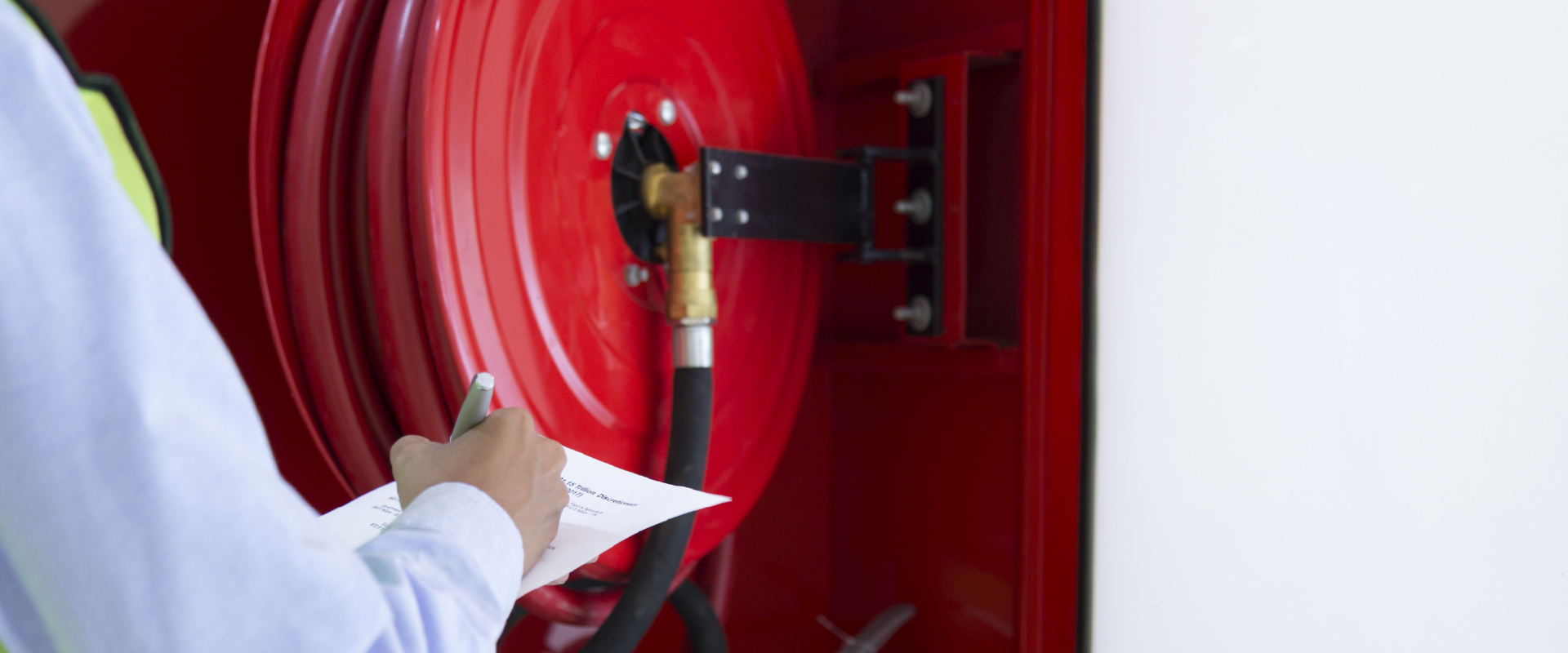As one of the nation’s leading restoration companies, CRUSA Construction and Restoration is well-versed in handling all aspects of property damage, from water damage restoration to mold damage cleanup. One area where our expertise is particularly significant is in addressing mold problems—a common result of water damage. This blog post walks you through our mold remediation process, providing a clear understanding of what you can expect when you partner with us.
Step 1:
Mold Area Inspection
Our highly skilled mold remediation team begins by conducting a thorough inspection of the affected area and any surrounding areas. We use advanced tools and our experience working in numerous environments, including commercial buildings, to identify all instances of mold growth, both visible and hidden.
Step 2:
Containment of Mold Area
Once the mold area is identified, the next step is to prevent mold spores from spreading to other areas during the mold removal process. We use various containment strategies, such as isolation barriers and negative air pressure, to ensure this.
Step 3:
Mold Spore Air Filtration
In addition to cleaning mold from hard surfaces, it’s crucial to filter the air to remove mold spores. Our mold professionals utilize powerful air scrubbers and HEPA vacuums to capture microscopic mold spores out of the air, thereby improving indoor air quality.
Step 4:
Removal of Mold and Mold-Infested Materials
The core of the mold remediation process is removing mold and mold-infested materials, like drywall or ceiling tiles. This stage might involve using antifungal and antimicrobial treatments to eliminate mold colonies and prevent new ones from forming.
Step 5:
Cleaning Contents and Belongings
All restorable items affected by mold are cleaned and sanitized. We use a variety of cleaning techniques and high-quality mold cleaner products to restore your belongings.
Step 6:
Restoration and Build Back
After mold cleanup, the final steps involve repairing and restoring the property to its pre-mold damage condition. The restoration process can be relatively minor, such as replacing a few pieces of drywall, or significant, like reconstructing entire rooms. CRUSA’s restoration company, with its dedicated build back team, ensures your home or business is restored to normal, “Like it never even happened.”
Step 7:
Prevention of Future Mold Growth
The last stage in the remediation process focuses on measures to prevent mold from reoccurring. This involves addressing any lingering water damage or leaks and ensuring proper ventilation in the building.
Final
Thoughts
At CRUSA Construction and Restoration, our mold remediation service is part of a comprehensive solution for your mold-related problems. From water removal to structural drying, we handle it all, ensuring your property is safe, healthy, and mold-free.
Continue reading our blogs for more insights into property restoration and remediation, or contact us today for any mold remediation needs.
Frequently Asked Questions
Black mold, scientifically known as Stachybotrys chartarum, typically appears as dark, slimy patches or specks. However, accurate identification should be left to mold professionals.
A mold removal specialist generally focuses on removing visible mold, while a mold remediation contractor addresses the root causes and effects of mold, offering comprehensive solutions.
Look for a company with a strong reputation, experienced team, and the ability to handle mold issues of any size. Also, consider whether they offer a full range of services, including mold remediation, water damage restoration, and structural drying.



